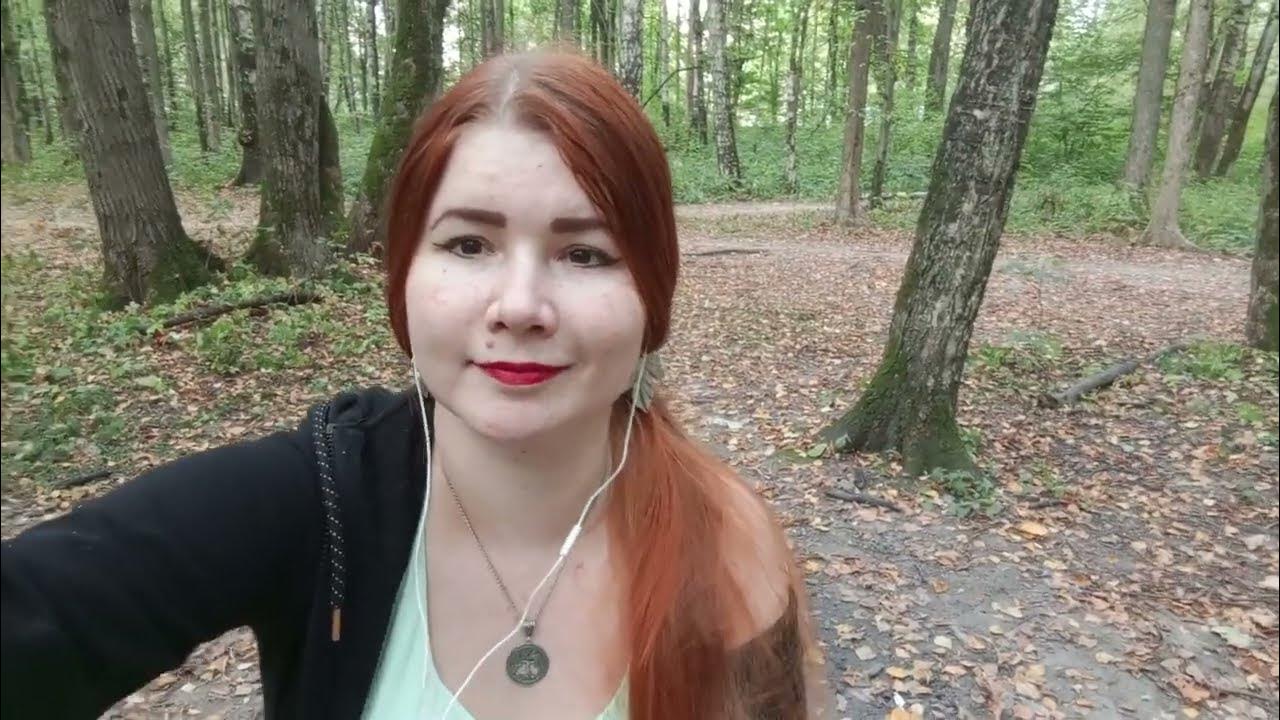See what three degrees of global warming looks like
Summary
TLDRВ этом видео рассматривается угроза глобального потепления на 3°C и его катастрофические последствия для планеты. Уже с увеличением температуры на 1.1-1.3°C происходят разрушительные изменения: стихийные бедствия, миграция, засухи и повышение уровня моря. Эксперты показывают, как эти изменения влияют на бедные регионы, таких как Бангладеш и Гватемала, и предсказывают ещё более серьёзные последствия, если температура продолжит расти. Решения по сокращению выбросов углекислого газа остаются ключевыми для предотвращения самых тяжёлых сценариев.
Takeaways
- 😀 3°C global warming could lead to severe consequences like heatwaves, droughts, and extreme weather events.
- 😀 A 3°C rise would drastically impact cities, even in wealthy nations, causing more extreme heatwaves, flooding, and storms.
- 😀 Since the industrial revolution, the Earth has already warmed by 1.1°C to 1.3°C, which has already begun to displace millions of people.
- 😀 Climate change is forcing climate migrants, like Minara from Bangladesh, to flee their homes, as rivers swell due to increased rainfall and glacial melt.
- 😀 Children born today are up to seven times more likely to face extreme weather events compared to their grandparents.
- 😀 Projections suggest a 1-in-4 chance that global temperatures could rise by 3°C by the end of the century unless drastic measures are taken.
- 😀 Smallholders, especially in regions like Central America's 'Dry Corridor,' are disproportionately impacted by climate change, with some losing their livelihoods.
- 😀 Rising sea levels pose a threat to coastal populations, such as those in Fiji, with entire villages being swallowed by the sea.
- 😀 Extreme heat conditions, like those in Dhaka, could result in dangerous wet-bulb temperatures, making life unbearable and leading to high mortality rates.
- 😀 Climate change-driven migration is expected to increase, with millions of people being displaced each year due to disasters made worse by global warming.
- 😀 Adaptation measures like air conditioning, seawalls, and diversifying agriculture can help reduce the impact of climate change, but will not eliminate suffering.
- 😀 The only effective way to avoid a 3°C world is to significantly reduce emissions, as global greenhouse gas emissions are still set to rise by 16% by 2030.
Q & A
Как изменение температуры на 3°C может повлиять на планету?
-Изменение температуры на 3°C приведет к катастрофическим последствиям, включая более частые и интенсивные тепловые волны, засухи, экстремальные осадки и пожары, а также подъем уровня моря и опустынивание. Это изменит климат на всей планете, и последствия будут ощущаться по всему миру.
Какова текущая температура на Земле по сравнению с доиндустриальным уровнем?
-С момента промышленной революции Земля нагрелась на 1,1°C до 1,3°C, что уже вызвало значительные изменения в климате и жизни людей.
Какие последствия изменения климата уже испытывает Бангладеш?
-В Бангладеш из-за повышения уровня рек и таяния ледников в Гималаях люди теряют свои дома, что приводит к массовой миграции. Минала, жительница Бхолы, потеряла все после нескольких наводнений и была вынуждена переехать в Дакку.
Как моделируются прогнозы климата для будущего?
-Прогнозы климата строятся на основе данных, собранных учеными по всему миру, и моделируют возможные сценарии изменения климата с учетом различных факторов, включая соблюдение климатических соглашений и политики по снижению выбросов.
Что может произойти, если уровень глобального потепления достигнет 3°C?
-Если температура Земли повысится на 3°C, это приведет к более частым и сильным экстремальным погодным явлениям, таким как сильные наводнения, ураганы и засухи, что окажет серьезное воздействие на сельское хозяйство, водные ресурсы и инфраструктуру.
Как глобальное потепление влияет на мелких фермеров в Центральной Америке?
-Мелкие фермеры в Центральной Америке, например в 'Сухом коридоре' Гватемалы, сталкиваются с длительными и усиленными засухами, что уменьшает урожайность и усиливает бедность. Климатические изменения делают выращивание таких культур, как кукуруза и бобы, все более сложным.
Какое влияние глобальное потепление окажет на прибрежные районы?
-Прибрежные районы, такие как Фиджи и Нигерия, столкнутся с увеличением уровня моря, что приведет к затоплению, разрушению инфраструктуры и перемещению населения. В некоторых местах, как в деревне Тогору на Фиджи, дома и могилы уже оказались под водой.
Что такое 'влажный температурный индекс' и как он связан с климатическими изменениями?
-Влажный температурный индекс измеряет сочетание температуры и влажности воздуха, влияя на способность человека охлаждаться через потоотделение. При высоких значениях влажного термометра (выше 35°C) человек не может нормально охлаждаться, что может привести к смертельным последствиям.
Какой риск для городов, таких как Дакка, из-за климатических изменений?
-Города, такие как Дакка, могут столкнуться с экстремальными температурами и увеличением влажных температур, что сделает условия жизни невозможными. В результате люди будут вынуждены покидать города, что приведет к дополнительной нагрузке на уже и без того перегруженные мегаполисы.
Как миграция будет меняться в будущем из-за климатических изменений?
-Из-за изменения климата люди будут мигрировать в более безопасные районы, особенно в города, что приведет к увеличению численности населения в мегаполисах и изменению миграционных паттернов. Это может привести к социальным напряжениям и борьбе за ресурсы, такие как вода.
Outlines

Этот раздел доступен только подписчикам платных тарифов. Пожалуйста, перейдите на платный тариф для доступа.
Перейти на платный тарифMindmap

Этот раздел доступен только подписчикам платных тарифов. Пожалуйста, перейдите на платный тариф для доступа.
Перейти на платный тарифKeywords

Этот раздел доступен только подписчикам платных тарифов. Пожалуйста, перейдите на платный тариф для доступа.
Перейти на платный тарифHighlights

Этот раздел доступен только подписчикам платных тарифов. Пожалуйста, перейдите на платный тариф для доступа.
Перейти на платный тарифTranscripts

Этот раздел доступен только подписчикам платных тарифов. Пожалуйста, перейдите на платный тариф для доступа.
Перейти на платный тарифПосмотреть больше похожих видео

REST API за 15 минут. Основы перед проектированием (для бизнес и системных аналитиков)

What Is CLIL and What Is Not? Introduction to CLIL - Content and Language Integrated Learning

9 - Deployment в Kubernetes. Стратегии обновления приложений

English voice actors are in serious trouble

Intro & Overview - Intro to Political Economy, Lecture1

Вас просто не выбрали. Какая разница, что там за тип привязанности?

Идеальная тачка для пикника? Polar Stone 01
5.0 / 5 (0 votes)